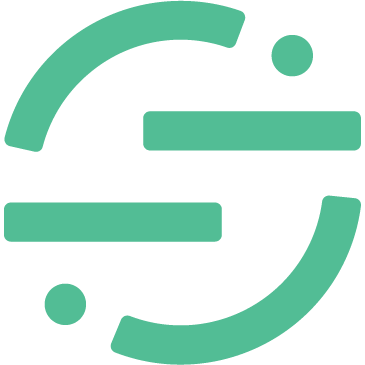Analyze and optimize your funnel for conversion
In this recipe, you'll learn how to analyze your marketing funnel, and then optimize it to boost your conversion rate by 2-3x.
 Made by Segment
Made by Segment
What do you need?
-
Your funnel events must be tracked: “Signed Up”, “Viewed Item”, “Completed Order”
-
A screen recording tool — we’re using FullStory in this example
-
An analytics tool — we’re using FullStory in this example
Optimize your funnel for conversion with Segment
With a huge integration catalog and plenty of no-code features, Segment provides easy-to-maintain capability to your teams with minimal engineering effort. Great data doesn't have to be hard work!






